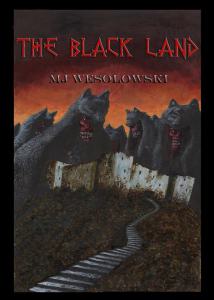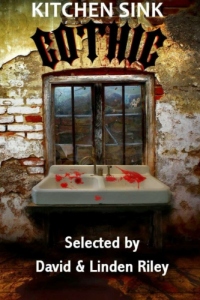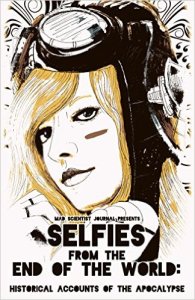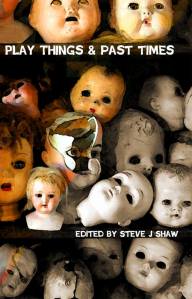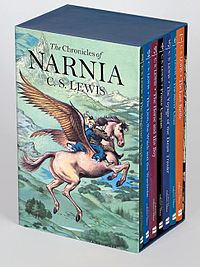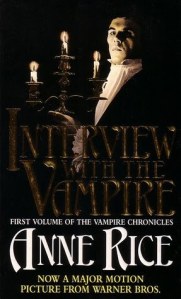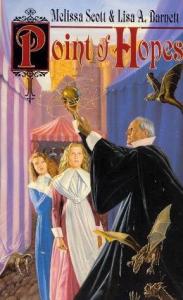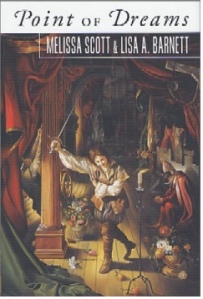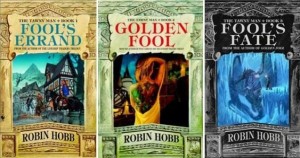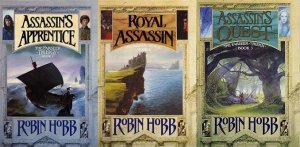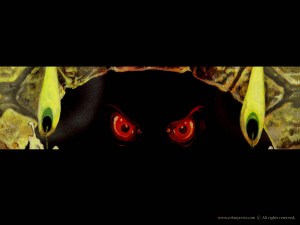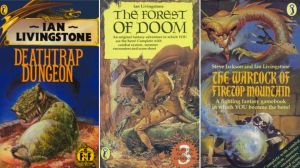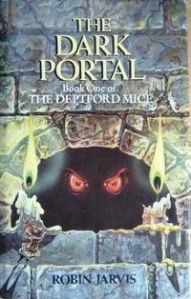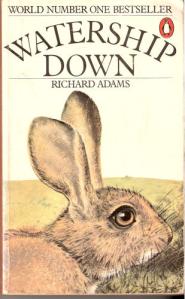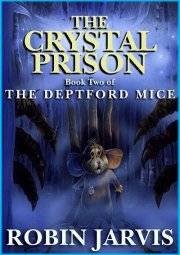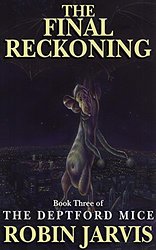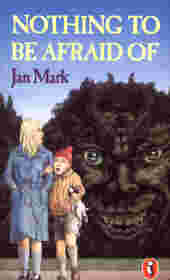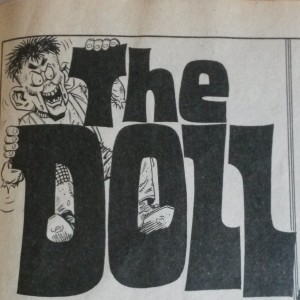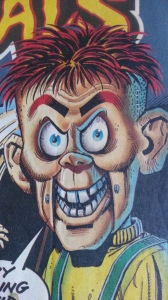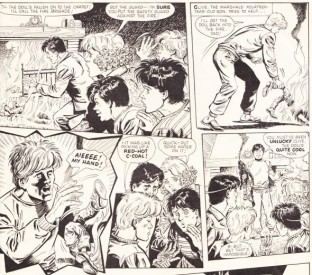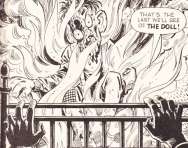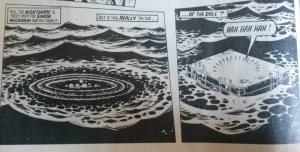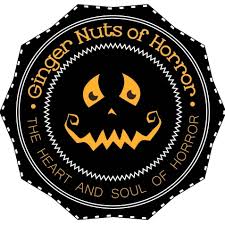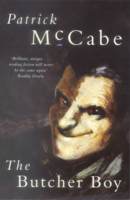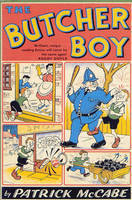It gives me great pleasure to introduce the following guest post and give salutation to an undoubted plethora of new visitors to the blog. (Beyond the guest posts, there’s a veritable wasteland of disappointment and mediocrity for you to explore.).
Today’s guest post is from a writer whose novel made my ‘Books of 2014‘ and if that’s not a ringing endorsement of quality, well, I don’t know what is…
Mike Carey is a screenwriter, novelist and comic book writer. He wrote the movie adaptation for his novel The Girl With All the Gifts, currently in production. He has worked extensively in the field of comic books, completing long and critically acclaimed runs on Lucifer, Hellblazer and X-Men. His comic book series The Unwritten has featured repeatedly in the New York Times’ graphic novel bestseller list. He is also the writer of the Felix Castor novels, and (along with his wife Linda and their daughter Louise) of two fantasy novels, The City Of Silk and Steel and The House Of War and Witness, published in the UK by Victor Gollancz. His next novel, to be published in April 2016, is Fellside, a ghost story set in a women’s prison.
The Books That Shaped My Life: MR Carey
The Faraway Tree by Enid Blyton
My memories of the first few years of my life are incomplete and jumbled, which I imagine is true for almost everyone, but a few of them stand out. I remember becoming acquainted with Enid Blyton through a tiny book in landscape format in which some tiny pixies find a shilling that has fallen out of someone’s pocket. They bring it back to their hedgerow village on a cart pulled by ladybirds, because to them the lost coin is as big as one of the stonehenge trilithons. Then the pixies have an animated argument about what to do with the treasure trove before deciding that the only honest course of action is to give is back.
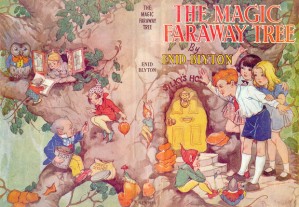
I loved this little story, and I read and re-read the book until it fell apart. It had the same kind of appeal that many of the Pixar movies have for kids today: it opened up a new world in a place where you didn’t imagine a world could exist, and it led you into it in a way that was immersive and enthralling.
I should explain that books weren’t really a thing in our house. This was before the net book agreement was abolished, so by and large they were an expensive luxury item. Children’s books, though, existed in a lot of pocket-money formats, affordable even to us, and of course there were comic books. I got the fiction habit at a very early age.
But it wasn’t until I went to school that I was exposed to what in my opinion are Blyton’s two masterworks – the Magic Wishing Chair and the Faraway Tree. I read them in that order, and I was a fervent worshipper of the chair until I met the tree. Then I became a heretic. The Faraway Tree stories were as good as it could possibly get, and there were of them (four books to the Wishing Chair’s two).
Blyton’s style is penny plain at best. She doesn’t do description, or realistic dialogue. She doesn’t even do character, beyond a few superficial strokes so you can keep her child heroes distinct from each other in your head. What made those stories so compelling for me was the profligate imagination that filled every page.
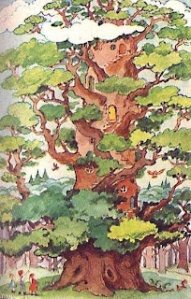
The Faraway Tree is a real tree that stands in a wood. An enchanted wood. It’s so tall and thick that its top reaches the clouds, and through some magical chicanery the upper branches extend into other worlds. If you climb the tree you’ll find yourself in a magical land very different from the mundane world you just left. And these lands are always changing. There’s a new one every day or every few days. The Land of Do-As-You-Please will be replaced by the land of Topsy-Turvy. Then the Land of Giants, or the Land of Know-Alls.
You can explore these weird worlds to your heart’s content, so long as you get back to the tree before the magic kicks in again. If you’re even a few seconds late the world will have moved on, bringing the next land to the top of the tree. That means you can’t climb down again until the mysterious cycle completes itself and the land returns to the top of the tree, which might be years.
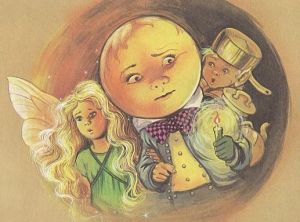
That’s already a recipe for some serious juvenile fantasy riffs, but Blyton didn’t stop there. She also gave the tree a population of its own, a group of weirdos and eccentrics who befriend the child protagonists and sometimes come along on their adventures. There’s a fairy named Silky; Moonface, whose name describes him with complete accuracy; the Saucepan Man, who wears a vast number of pots and pans tied to his body with strings and has been driven deaf by their clattering; the amnesiac Mr Watzisname, the angry pixie, Dame Wash-a-Lot… The list goes on.
I’ll say it again, because it bears repeating: these stories are not well written. But there’s a kind of brilliance to them all the same and they kept me coming back for more for a very long time. Blyton was a China Miéville for the kids of the 60s, putting a dozen novels’ worth of ideas into a single book.
She was also, for me, a gateway drug. Her books got me hooked on fantasy before I’d ever even heard that word. They left me with a life-long hunger for stories that will give me a similar mythopoeic hit. From Blyton I went on to Moorcock, Zelazny, Peake, Asimov, Brunner and a hundred others. The vector I’m still on today, as a reader and as a writer, came from those early experiences with her works.
Okay, that’s the encomium all done and dusted. But I’d feel remiss if I didn’t have a little bitch, while I’m here, about the way Blyton’s literary legacy is being curated.
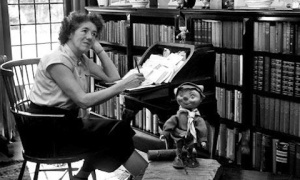
She was an incredibly prolific author. Her bibliography runs to over 700 entries. Some of these were tiny, of course, with a word count measured in the hundreds. But they sold in the hundreds of millions, making her one of the most popular and successful children’s authors of all time. Her work and adapations of her work are still being read, watched and listened to by tens of millions of kids the whole world over. Noddy is still out there, as are the Famous Five. The BBC has turned both the Wishing Chair and the Faraway Tree into animated series, and so on.
But since her death she’s come in for some criticism from a lot of quarters. The Noddy books featured gollywogs, who were invariably naughty and unruly. In another story she wrote about a doll, Sambo, who is hated and shunned because of his “ugly black face”. Her female characters (for the most part) defer to the boys around them with Stepford-like acquiescence. The villains in the Famous Five books are often gypsies or foreigners, because we know what those people are like, right?
These criticisms are well grounded. There’s a lot there for a modern reader to deplore. But the response of Blyton’s estate and her publishers dismays me. They’ve subjected the books to endless and relentless bowdlerisation, dismantling and rebuilding them at a cellular level.
The gollywogs are gone, which is perhaps the least controversial change – although replacing them with goblins seems to me to leave the underlying racism intact. It’s really not hard to see through the metaphor, which still carries the moral that some beings are more human than others.
More disturbingly, the language has been altered. Sometimes words and phrases are updated so that the obsolete cultural references won’t baffle a modern reader. “Swotter” becomes “bookworm”, “school tunic” becomes uniform, “tinker” becomes “traveller”. Adjectives and adverbs get a similar makeover, with “peculiar” and “queer” both being amended to “strange” and “jolly” (as in “jolly lonely” or “jolly decent”) disappearing altogether.
Along with these relics, anything that could provide ammunition for a double entendre goes too. “Queer” was destined for the chop on both counts, obviously. When Noddy falls into a thorn bush he no longer complains about the bothersome pricks. And character names such as Dick, Connie and Fanny are replaced with more anodyne alternatives.
The bowdlerisation doesn’t stop there. All references to corporal punishment have been seamlessly excised. Slapping and spanking of children was commplace in Blyton’s time and she included it in many of her stories. Now it’s thankfully illegal, and nobody sane would want that decision reversed. But it doesn’t strike me as a good strategy to pretend it never happened. I mean, bearing in mind that those who forget the past are condemned to repeat it, et cetera. So it’s strange and dispiriting to see changes like this one. In the book Claudine at St Clare’s, Carlotta the wild girl has an altercation with Angela which goes like this:-
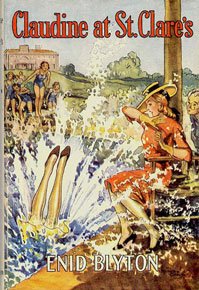
“If I wasn’t in the fourth form I’d give you the hardest spanking you’ve ever had in your life, Angela. A good spanking would be the best thing you could have.”
“Nobody has ever laid a finger on me in my life.”
Only now it goes like this:-
“If I wasn’t in the fourth form I’d give you the biggest scolding you’ve ever had in your life, Angela. A good scolding would be the best thing you could have.”
“Nobody has ever raised their voice to me in my life.”
The modern version is equal parts banality and bathos. In taking out the offensive reference the editors have filleted the entire scene.
In the Faraway Tree stories there’s a character named Dame Slap. She runs a school for naughty pixies, and her name indicates exactly the kind of treatment her errant pupils can expect from her. In the mo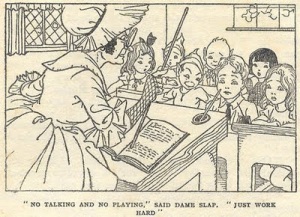 st recent edition she has mysteriously mutated to Dame Snap, and she only ever administers intense telling-offs.
st recent edition she has mysteriously mutated to Dame Snap, and she only ever administers intense telling-offs.
I can see exactly the kind of commercial imperatives that have led to these decisions being taken. They keep Blyton’s books alive as profitable franchises, unchallenging and uncontroversial to a fault.
But – to draw a tendentious parallel – nobody would do this to Dickens or Tolstoy. It’s because Blyton wrote genre fiction, and children’s fiction, that reworking on this scale seemed legitimate rather than outrageous.
Well, and it’s also because there’s a shedload of money to be made here, which makes Blyton a very different proposition from Dickens and Tolstoy (at least in book format). The books are the property of the estate, the final decision rests with Blyton’s lineal descendants, and they’ve got to eat the same way everyone else has to. I get all that.
But would it be feasible, at least, to keep in print a faithful facsimile edition of the original versions? Or (which would presumably be cheaper and easier) make them available online? There’s a cultural legacy to be curated here as well as a commercial property. It’s surely not right that the original works are in many cases completely unavailable while the updated and bowdlerised versions are ubiquitous, with no listing or signposting of the changes that have been made.
A tiny corner of history has been rewritten, and it’s a corner where I used to sit sometimes when I was a kid and read some cool stories.
That makes me sad.
Mike Carey, August 2015
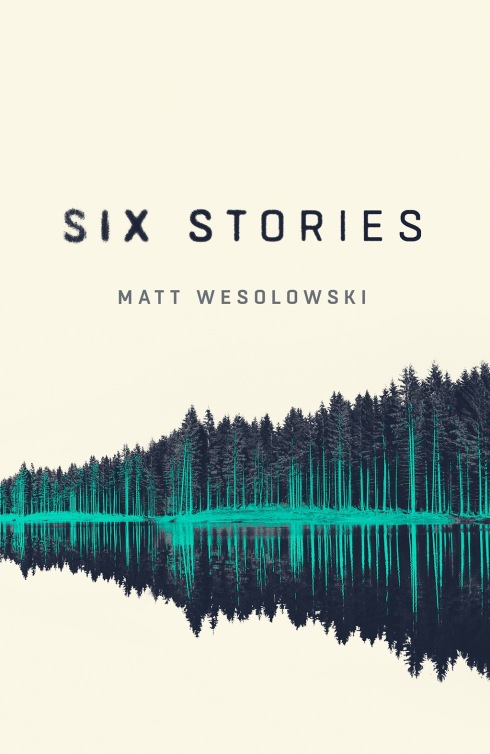


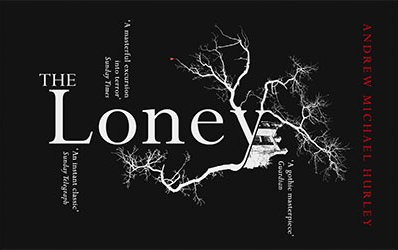

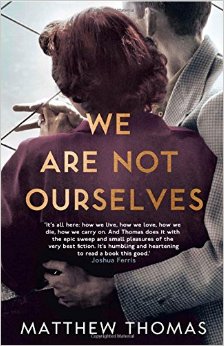
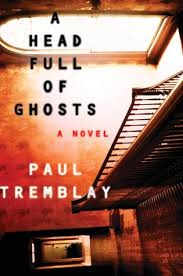





 st recent edition she has mysteriously mutated to Dame Snap, and she only ever administers intense telling-offs.
st recent edition she has mysteriously mutated to Dame Snap, and she only ever administers intense telling-offs.